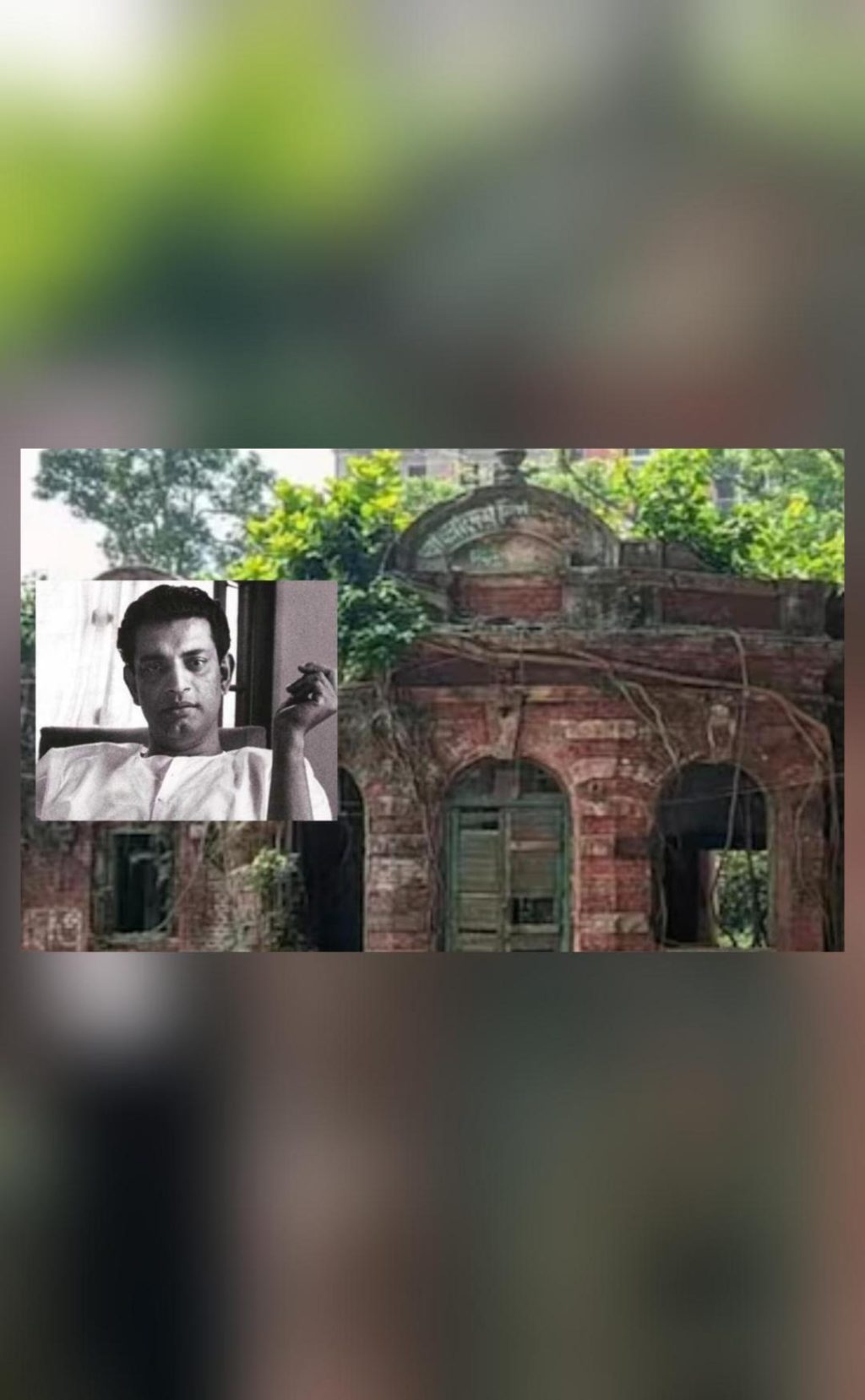
Title: Reconsider Demolition of Satyajit Ray’s Ancestral Home: India to Bangladesh
The news of Satyajit Ray’s ancestral home in Bangladesh being slated for demolition has sent shockwaves across the Indian film fraternity. The legendary filmmaker, known for his iconic films like “Pather Panchali” and “Charulata”, was born in Kolkata, India, but his ancestral home is located in the village of Jorasanko in Bangladesh. The Ministry of External Affairs has now stepped in to offer help to repair and reconstruct the property, urging the Bangladeshi government to reconsider the demolition plan.
According to reports, the Bangladeshi government had planned to demolish the property to make way for a new road. However, India has now offered to extend cooperation to develop the home as “a museum of literature and a symbol of the shared culture of India and Bangladesh”. This move is seen as a significant gesture of goodwill and cultural exchange between the two countries.
Satyajit Ray’s ancestral home is a significant cultural and historical landmark, not only for Bengalis but for film enthusiasts around the world. The property, which dates back to the 19th century, is a testament to the rich cultural heritage of Bengal and its people. Ray’s family had lived in the home for generations before he was born, and it is said to have been the inspiration for many of his films.
The Indian government’s offer to help repair and reconstruct the property is a welcome move, and it is hoped that the Bangladeshi government will reconsider its decision to demolish the home. The property is not only a symbol of cultural heritage but also a reminder of the deep cultural ties between India and Bangladesh.
It is worth noting that Satyajit Ray’s influence on Indian cinema is immense. He is widely regarded as one of the greatest filmmakers of all time, and his films have been acclaimed globally for their nuanced storytelling, poignant characters, and stunning cinematography. His legacy continues to inspire filmmakers and film enthusiasts alike, and the preservation of his ancestral home is a testament to his enduring impact on Indian cinema.
The Indian government’s offer to help repair and reconstruct the property is also seen as a significant gesture of cultural exchange between the two countries. The two nations have a long history of cultural exchange, with Bengali literature and music being an integral part of Indian cultural heritage. The preservation of Satyajit Ray’s ancestral home is a symbol of this cultural exchange and a reminder of the deep ties between the two nations.
It is also important to note that the preservation of cultural heritage sites is crucial for the preservation of cultural identity. Cultural heritage sites are not just physical structures but also a reflection of a community’s history, traditions, and values. The preservation of Satyajit Ray’s ancestral home is a testament to the importance of preserving cultural heritage sites and the role they play in shaping our cultural identity.
In conclusion, the Indian government’s offer to help repair and reconstruct Satyajit Ray’s ancestral home is a welcome move that is likely to be welcomed by film enthusiasts and cultural enthusiasts alike. The property is a significant cultural and historical landmark, and its preservation is crucial for the preservation of cultural heritage sites. The Bangladeshi government is urged to reconsider its decision to demolish the property and work with the Indian government to develop it as a museum of literature and a symbol of the shared culture of India and Bangladesh.
News Source:
https://x.com/ANI/status/1945165615519416786






